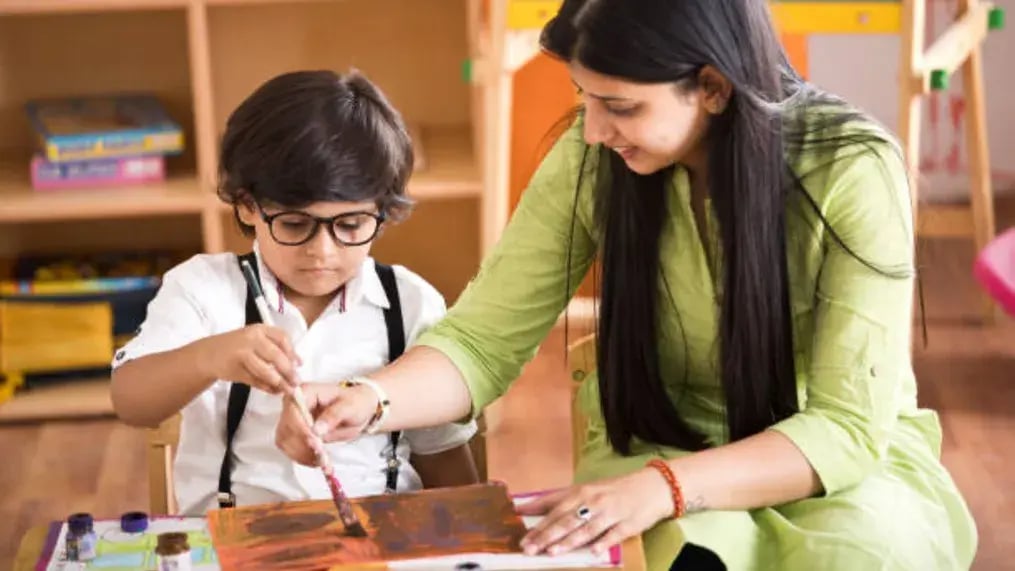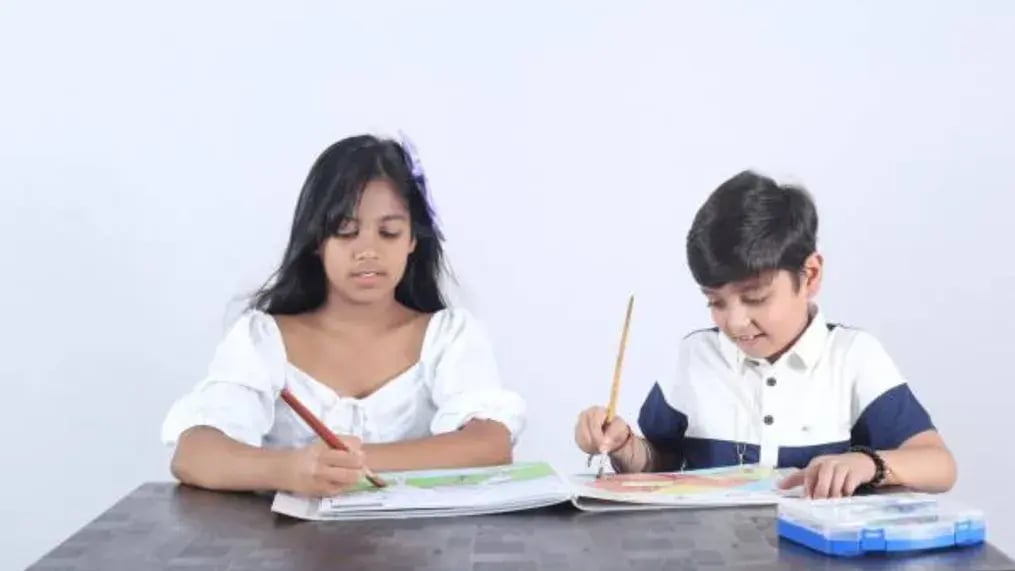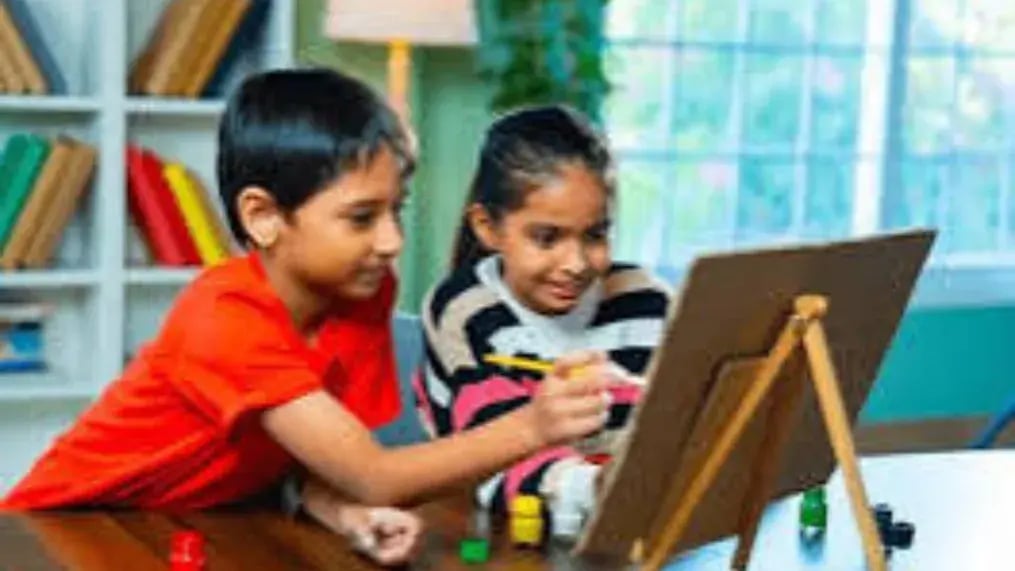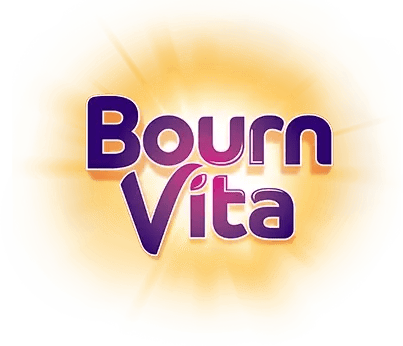- Bottle Planter Buddy
- Newspaper Gift Bags
- CD Fish Wall Hanging
- Sock Puppet Show
- Ice Cream Stick Pen Stand
- Egg Carton Insect Garden
- Tin Can Lantern
Introduction

Turning waste into something useful is a habit that shapes how children think about resources, responsibility and creativity. School projects that ask kids to reuse or repurpose everyday items are more than a break from textbooks. They show children how even throwaway items can become thoughtful, functional or decorative with a little imagination and effort.
From old bottles and newspapers to cardboard boxes and ice cream sticks, there’s no shortage of materials lying around the house. With the right idea, a child can turn these into pen stands, planters, wall art or working models. These projects build problem solving skills, fine motor coordination and environmental awareness. They also bring joy especially when kids proudly show off something they made by hand.
The beauty of “best out of waste” is how it makes children look at things differently. A broken CD doesn’t go in the bin, it’s a shiny craft base. A cereal box is a desk organiser. Through these transformations kids gain confidence in their ideas and learn that being mindful can be fun. Here are some fresh and practical ideas for school projects that are not only doable but actually exciting for young minds.
7 Ways To Turning Trash into Treasure: A Creative Start for Young Minds

Creativity needs curiosity and imagination. For school kids, “Best Out of Waste” projects are more than just craft sessions; they are small steps toward understanding sustainability, mindful use of resources, and the joy of creating something new from everyday items. These projects also help children build problem-solving skills, think differently, and take pride in recycling in fun, useful ways.
Bottle Planter Buddy
Take a used plastic bottle, cut it in half, and flip it horizontally. Let your child decorate it with acrylic paints to create a smiling animal face or cartoon buddy. Add soil and a small plant, and your homemade planter is ready. This teaches kids about reusing plastic and caring for plants at the same time.
Newspaper Gift Bags
Stacked newspapers can turn into stylish gift bags. All you need is glue, string, and some decorative buttons or stickers. These bags are great for wrapping books, small gifts, or snacks. It teaches children to value paper and shows them how to turn something old into something elegant and useful.
CD Fish Wall Hanging
Those old scratched CDs lying around? They can become shimmering fish art. Let your child paint the CD, stick on fins made of paper, and draw eyes. Add a string to hang it. This activity teaches upcycling and lets your child experiment with textures and reflection.
Sock Puppet Show
Mismatched socks make perfect puppets. Glue on buttons for eyes, stitch or draw a mouth, and use wool for hair. Children can use these to create characters and put up a short puppet show. It helps with storytelling, speech, and emotional expression—while saving a sock from the dustbin.
Ice Cream Stick Pen Stand
Collect ice cream sticks, clean them, and arrange them vertically around a tin or cardboard roll. Let your child paint them in their favorite colors or patterns. The final result is a sturdy, unique pen stand. It encourages orderliness and adds a personal touch to their study space.
Egg Carton Insect Garden
Cut an egg carton into individual cups and paint them like ladybugs, bees, or caterpillars. Add googly eyes and use pipe cleaners for legs or antennae. These mini creatures can be placed on a cardboard “garden.” It’s a great activity to introduce kids to insects and the concept of reusing packaging.
Tin Can Lantern
Take an empty tin can, make small holes in patterns using a nail and hammer (with adult supervision), then paint it and add a tea light or battery candle inside. This lantern glows beautifully and can be used during Diwali or family evenings. It’s a smart way to reuse metal and learn about light play.
Conclusion

Every time your child transforms waste into a work of art, they learn something powerful, how to reduce, reuse, and rethink. These school projects may look small, but they nurture awareness, responsibility, and confidence. Encourage your child to explore, experiment, and share their ideas with others. You’re not just creating a project; you’re growing a thoughtful, creative citizen of tomorrow, one glue stick and soda bottle at a time.
Her love for storytelling began with reading her grandfather’s speeches, where Tarishi saw the power of words in creating lasting memories. Combining her passions for food and writing, she has turned her life into a fulfilling path of sharing stories that celebrate flavours and how food brings communities together.
The views expressed are that of the expert alone.
The information provided in this content is for informational purposes only and should not be considered a substitute for professional medical advice, diagnosis, or treatment. Always seek the advice of your physician or another qualified healthcare provider before making any significant changes to your diet, exercise, or medication routines. This is a sponsored article.
















